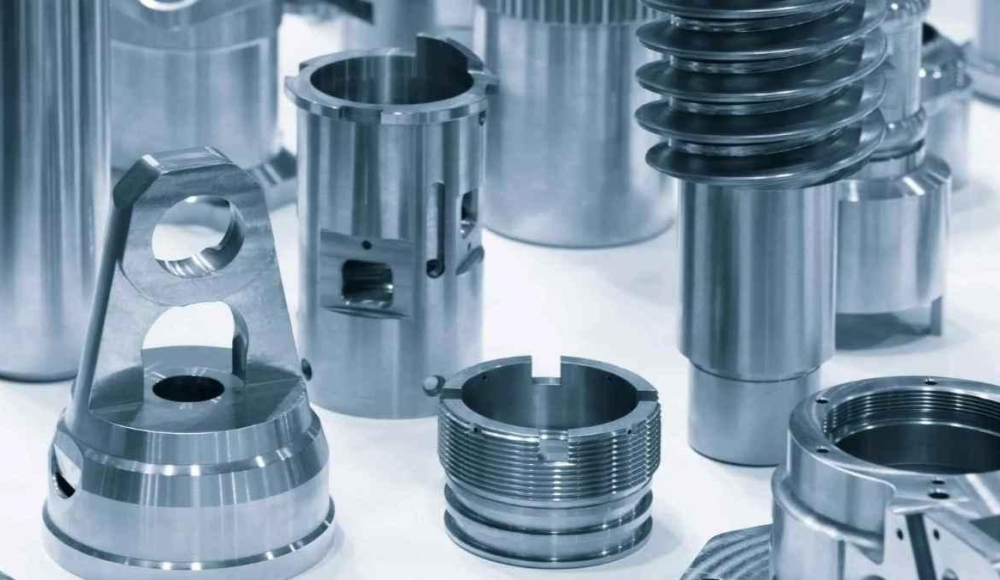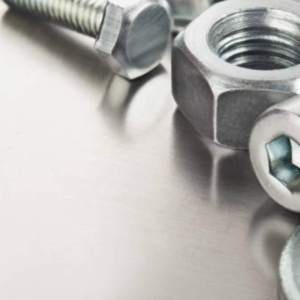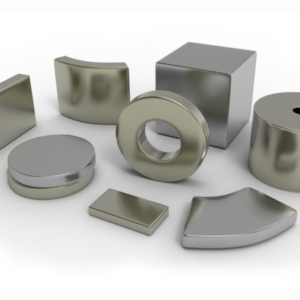アニーリングは熱処理プロセスです. 金属を慎重に加熱および冷却してその特性を変化させます。. 動機は、ポジティブな特性を構築し、ネガティブな特性を最小限に抑えることです, 同時に. 加えて, アニーリングプロセスは、特定の金属の機械的特性を改善するのに役立ちます, 必要な用途により適合するように合金が変更されます。.
アニーリングとは?
としてのアニーリング 熱処理工程 材料の硬度を下げる. また、さまざまな分野での延性と靭性も向上します。 鋼, 鋳鉄, その他 合金. 焼きなましには、ワークピースを再結晶温度以上に加熱することが含まれます. これにより、新しい粒子の形成が促進され、同時に既存の粒子が再配置されます。.
粒子の再配列により内部応力が解放され、結晶構造が改善されます。. これらの改善は多くのアプリケーションで役立ちます. 正規化は通常、個別のアクティビティとみなされます. しかし、それは典型的なタイプのアニーリングです. 正規化するにあたって, 管理された炉とは対照的に、金属は加熱された後、室温の空気中で冷却されます。.
アニーリングはいつ使用されるか?
焼きなましを行うと、焼き入れしたときよりも鋼が柔らかくなります。. この特性により、応力が非常に少ない製品に適しています。. アニーリングのさまざまな用途には次のものがあります。:
- 加工硬化の逆転: これは、曲げや研磨などの硬さを作る機械的操作の後に発生します。. 例えば, 金属からワイヤーを引き出すとき, 素材の硬度と内部張力も上がります. プロセスアニーリングにより、金属を使用可能な状態に戻すことができます, 延性と機械加工性を向上させます.
- 溶接凝固の軟化: 高温での溶接により熱影響部が生じる (危険有害性). これらのゾーンは通常、より高い硬度と脆性を持っていることがわかります。, ベース素材と比較して. これらの領域の一部は、焼きなましのプロセスによって元の機械的特性に戻ります。.
- 導電性の開発: このプロセスにより、金属の電気的特性を向上させることができます, 特にその導電性.
- 残留応力の除去: 冷間加工により新たな応力が形成され、亀裂や歪みの形成につながる可能性があります。. これらの応力は焼きなましによって軽減され、材料の特性がより均一になり、より長く使用できるようになります。. この内部応力が焼鈍により低減されると、, パフォーマンスと操作機能が強化されています.
アニーリングプロセス
アニーリングプロセスには 3 つの重要な段階が含まれます:
- 回復期: 初期段階では, 金属は約200~400℃に加熱されます。, 素材に応じて. 加熱により結晶構造内の転位の再配列が促進される. これにより、結晶粒径を過度に変化させることなく内部応力が軽減されます。. 結果として、導電性と延性が向上する可能性があります.
- 再結晶段階: この段階では, 新しい穀物が発芽する. 金属は特定の温度に一定期間維持され、変形した粒子に代わって新しい粒子が成長します。. このプロセスにより、材料の強度だけでなく全体的な延性も向上します。.
- 粒子成長段階: 再結晶中に金属が高温に長時間さらされると、新しい粒子でも大きくなり始めます。. この段階では、材料が変形しやすいため、粒径が大きくなり強度が低下する可能性があります。. 粒子サイズと機械的特性に影響を与えるには、温度と時間の関係を厳密に制御する必要があります。.
アニーリングの長所と短所
アニールされた金属コンポーネントには、アニールされていない金属コンポーネントに比べていくつかの利点があります. アニーリングプロセスの一般的な利点は次のとおりです。:
- 物性の回復: 加熱は延性などの特性を取り戻すため、金属に適しています。. 微細構造内の分子の動きにより、加工硬化と脆性が軽減されます。.
- 内部応力の緩和: コンポーネントの内部応力を軽減するプロセスは、アニーリングによって実現されます。. これにより、その後の操作中に亀裂が発生する可能性が大幅に減少します。.
- 機械加工性の向上: 微細構造の高度な規則性と低レベルの内部応力により、機械加工性が向上します。. この品質により、一部の部品の機械加工が容易になります.
- 転位の矯正: 結晶格子の不完全性の一部は解放可能です. この改善により、金属の電気特性と磁気特性を同等に改善できます。.
- 粒子構造の制御: 一部のアニーリングプロセスは粒子構造を制御するために使用できます。. 加熱速度と冷却速度の温度を選択すると、材料の粒子相と物理的特性も変化する可能性があります.
しかし, これらの利点に加えて、いくつかの欠点も考慮する必要があります:
- 時間のかかるプロセス: アニーリングプロセスには時間がかかる場合があります. ある場合には, 特に選択した材料と方法の冷却速度が遅い場合、硬化に時間がかかる場合があります。 24 時間.
- コストの増加: その他の費用には設備費や人件費が含まれます. コンポーネントのハウジングも、コンポーネントの加熱と冷却のコストにより全体のコストを増加させます。.
アニーリング例: 一般的にアニールされるコンポーネント
いくつかのコンポーネントは頻繁にアニーリングプロセスを受けます, 含む:
- 板金: 冷間圧延された金属板は、加工硬化を軽減するために焼きなまされることがあります。. これにより延性が回復し、曲げなどのさらなる操作が可能になります。, パンチング, または切断.
- 製造されたコンポーネント: 春, ワッシャー, 鋸刃は製造後に焼きなましを受ける製品の一部です. これにより物理的特性が戻り、脆性が最小限に抑えられます。.
- 引抜アルミニウム: アルミ部品, 深絞り加工により形成される, 焼きなましすると有利です. このプロセスは、特に極端な成形作業中に裂けたり亀裂が入ったりしないように保護します。.
アニーリングと正規化: 主な違い
アニーリングと正規化の主な違いは次のとおりです。:
| アニーリング | 正規化 |
| 金属は炉内でゆっくりと冷却されます. | 金属は周囲空気中で急速に冷却されます. |
| 冷却速度は比較的遅い. | 冷却速度が比較的速い. |
| より高い延性が得られます. | 延性が低下する. |
| 硬度の低下につながる, 強さ, そして靭性. | 硬度を高める, 強さ, そして靭性. |
| 粗くて均一性の低い粒子構造が得られます。. | 細かくより均一な粒子構造を生成します。. |
| プロセス後の内部応力は最小限に抑えられます. | 正規化後は内部応力がわずかに高くなります. |
| 一般的にはコストが高くなります. | 通常はコストが低くなります. |
| 鋼などの金属に適用可能, アルミニウム, 真鍮, と銅. | 主にステンレス鋼に適用されます, アルミニウム, 真鍮, と銅. |
| 機械部品や電気部品によく使用されます, 家庭用品だけでなく. | 自動車によく使用されます, 核, および建設産業. |
結論
結論は, アニーリングは、作業を改善できる最も重要な熱処理プロセスの 1 つです。, 強さ, 金属のサービス能力. 内部ストレスを解放するのにも役立ちます, 延性を高める, さらなる治療のための材料を準備するため. したがって, アニーリングはその重要性からほとんどの産業で使用されています. 材料特性が正しい方法で取得されていることを確認するため, メーカーはさまざまな段階と種類のアニーリングを理解する必要がある. 産業が進歩するにつれて, アニーリングを含む熱処理の適用により需要が増加し、効率的な生産が可能になります.




1 「」について考えましたアニーリングの説明: 意味, プロセス & 利点”